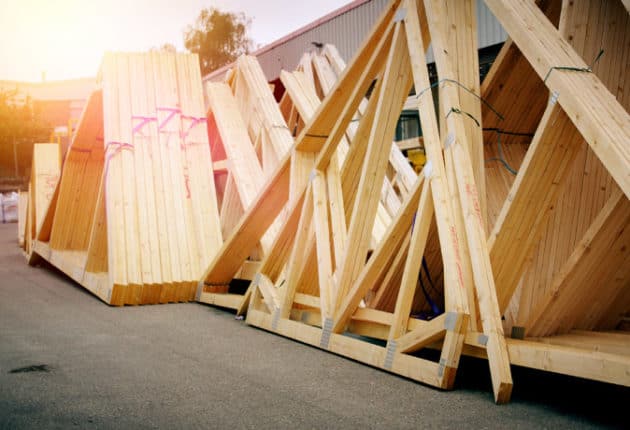What is part L of the building regs | Pros and cons

In the face of escalating global challenges such as climate change, the construction industry has a pivotal role in the transition towards sustainable living. It is in this context that Part L of the building regulations takes on a critical importance.
‘The Conservation of Fuel and Power,’ Part L is a cornerstone of the UK’s approach to reducing carbon emissions and promoting energy-efficient construction practices. This article delves into the specifics of the Part L of the building regulations, the benefits of compliance, how to ensure compliance and the common issues encountered.
What is Part L of the Building Regulations?
Part L is divided into four sections: L1A and L1B, which focus on dwellings, and L2A and L2B, which pertain to buildings other than dwellings.
Introduced as a part of the broader building regulations, the primary aim of Part L is to establish a minimum standard for all buildings to adhere to.
What Part L of the Building Regulations are Designed to Drive
Compliance with Part L of the building regulations offers numerous benefits:
Energy Efficiency:
By adhering to Part L, buildings can significantly reduce energy consumption through efficient heating, lighting, insulation, and ventilation systems.
Reduced Carbon Emissions:
As Part L guidelines are designed to limit energy consumption, compliance with these regulations directly reduces carbon emissions. This not only aids in the fight against climate change but also contributes towards the UK’s commitment to achieving net-zero emissions.
Financial Savings:
The current regulations reduce CO2 and are intended to deliver buildings less expensive to run compared to buildings built to previous regulations.
Improved Comfort:
Part L-compliant buildings delivered correctly should provide better living and working conditions. Effective insulation and ventilation enhance temperature control, improving occupant comfort.
How to Ensure Part L Compliance
To ensure compliance with Part L, it’s essential to integrate these considerations from the early design stages. Here are some critical steps:
Understanding the Regulations:
First and foremost, a thorough understanding of the regulations is required. This includes knowing the differences between the guidelines for new constructions (L1A and L2A) and existing buildings (L1B and L2B).
Involving Professionals:
Involve professionals, like architects, energy assessors, and engineers, who are well-versed with the building regulation Part L and can guide you through the compliance process.
Design and Planning:
Optimise the building’s design to incorporate energy-efficient systems. This includes choosing suitable materials, implementing effective insulation, and planning efficient heating, lighting, and ventilation systems.
Testing and Certification:
Upon completion of the construction or renovation, it’s essential to perform a series of tests (like air tightness tests) to verify compliance with Part L. Upon successful testing, an Energy Performance Certificate (EPC) is issued, indicating that the building meets Part L requirements.
Common Part L Compliance Issues and How to Fix Them
Despite best intentions, several common issues can hinder Part L compliance. Some of these problems and their solutions include:
Poor Insulation:
Inadequate insulation can lead to significant heat loss, causing high energy consumption. To rectify this, ensure you use high-quality insulation materials and methods during the construction or renovation.
Air Leakage:
Gaps in the building envelope can cause air leakage, leading to inefficiencies in heating and cooling. Fixing this issue involves thoroughly reviewing the building’s design and construction to identify and seal any potential leaks.
Inefficient Heating Systems:
Using outdated or inefficient heating systems can result in high energy usage. To resolve this, consider installing modern, energy-efficient heating systems that align with the guidelines outlined in Part L.
Non-compliance With Psi Values:
Psi values pertain to heat loss at junctions between building elements. Non-compliance can occur when generic industry Psi values are used instead of proprietary ones. Correct this by using specific PSI values for your building’s exact specifications.
How Pasquill Can Help
The Building Reg Part L is vital in steering the construction industry towards sustainability. Despite the challenges involved in compliance, the long-term benefits are manifold, ranging from reduced carbon emissions and enhanced energy efficiency to improved occupant comfort and significant financial savings.
Pasquill’s range of products and services are specifically designed to aid in compliance with the Part L regulations. We’re committed to incorporating these standards into our practices and are prepared to assist with the specific challenges posed by the new rules. Contact us today for further help and advice about them.
Please note: Always consult with a qualified professional to ensure compliance with the Building Regulations.




